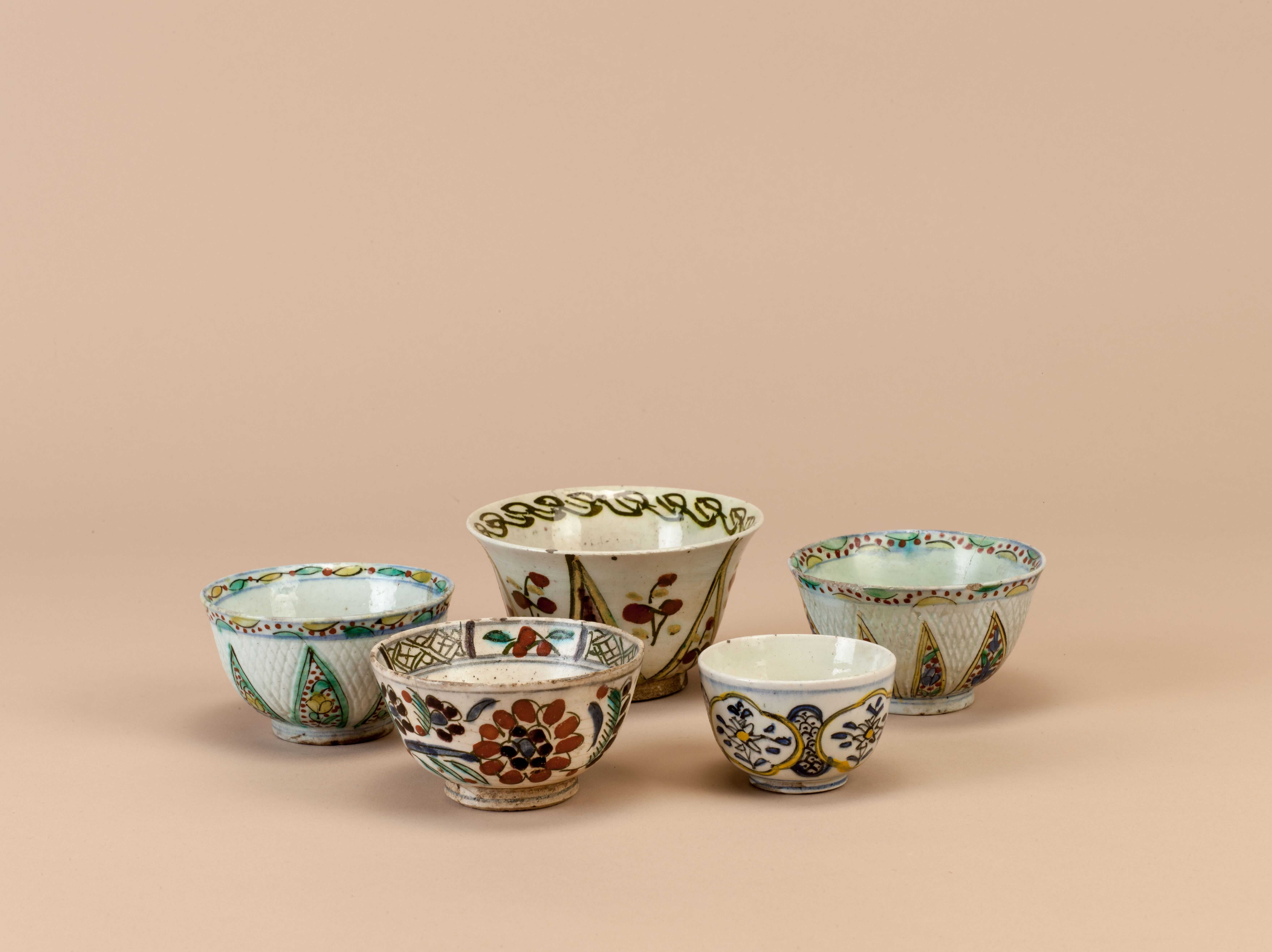Panel Discussion
July 22, 2016 / 18:00
Art historian and exhibition curator Seza Sinanlar and clinical psychologists Meral Erten, Işıl Ertüzün, and Berrak Karahoda will discuss the life and works of Mario Prassinos, as part of the Pera Museum’s exhibition Mario Prassinos: In Pursuit of an Artists, İstanbul-Paris-İstanbul.
Speakers: Seza Sinanlar Uslu, Meral Erten, Berrak Karahoda
Moderator: Işıl Ertüzün
Seza Sinanlar Uslu, Art Historian
Seza Sinanlar Uslu began her collage education at İstanbul University’s Department of Art History and completed her Master’s at Boğaziçi University’s Department of History. In 2005-2006, she received a fellowship from Suna and İnan Kıraç Foundation to conduct research at EHESS (Ecole des Hautes Etudes en Sciences Sociales) in Paris. In 2008, she received her PhD from İstanbul Technical University’s Department of Art History with a thesis entitled, “The Milieu of Art Production at Pera 1844-1916.” She has been a faculty member at Yıldız Technical University’s School of Art and Design, Department of Art Management since 2009. Her research areas primarily focus on the cultural and artistic life, artists, and press in 19th-century Ottoman world.
Meral Erten, Clinical Psychologist
Erten received her undergraduate degree from İstanbul University’s Department of Psychological Counseling and specialized in her chosen field of work at the same institution’s Department of Behavioral Sciences. She holds a Master’s Degree from Bilgi University’s Program in Clinical Psychology. Erten completed the infant observation program of the Tavistock Clinic and is a member of the Psike İstanbul. She continues her psychoanalytical training under the supervision of International Psychoanalytical Association (IPA).
Berrak Karahoda, Clinical Psychologist
Karahoda completed her undergraduate education in neuroscience at Johns Hopkins University and her Master’s in Clinical Psychology at Bilgi University. She is currently doing her PhD in clinical psychology at Boğaziçi University. She is a part-time faculty member at Bilgi University’s Master’s Program in Clinical Psychology. She completed Trauma Studies Certificate Program at Bilgi University and worked, as a volunteer psychotherapist, with victims of political violence, torture, and human rights violation. She worked as the translator and editor of various articles and books written on psychotherapy and psychoanalytical/psychodynamic theories. She continues to run individual psychotherapy and psychological evaluation on adults and offers individual and group supervisions. Among her areas of interest and work are the intergenerational transmission of trauma, associative psychoanalysis, the socio-political, historical, and cultural dimensions of psychoanalysis and psychotherapy, psychotraumatology, political psychology, and body-oriented approaches to psychotherapy.
Işıl Ertüzün, Clinical Psychologist
Ertüzün completed her B.A. in Psychology and her M.A. in Clinical Psychology at Boğaziçi University. She is a member of Psike İstanbul. She continues her psychoanalytical training under the supervision of International Psychoanalytical Association (IPA). Ertüzüm is the editor of the Psike İstanbul Psychoanalysis Library series and a member of the editorial board of Suret (Journal of Psychocultural Analysis). She is also the translator of Philippe Jeammet’s Adolescences Repères pour les parents et les professionnels (Adolescence: Reference Points for Parents and Professionals; 2012). Ertüzün conducts individual and group therapy sessions with adolescents and adults, and consults with parents suffering from fertility issues or going through pregnancy.
Free of admissions, drop in.
This event will take place in the auditorium.
The panel discussion will be in Turkish.

Coffee was served with much splendor at the harems of the Ottoman palace and mansions. First, sweets (usually jam) was served on silverware, followed by coffee serving. The coffee jug would be placed in a sitil (brazier), which had three chains on its sides for carrying, had cinders in the middle, and was made of tombac, silver or brass. The sitil had a satin or silk cover embroidered with silver thread, tinsel, sequin or even pearls and diamonds.

1638, the year Louis XIV was born –his second name, Dieudonné, alluding to his God-given status– saw the diffusion of a cult of maternity encouraged by the very devout Anne of Austria, in thanks for the miracle by which she had given birth to an heir to the French throne. Simon François de Tours (1606-1671) painted the Queen in the guise of the Virgin Mary, and the young Louis XIV as the infant Jesus, in the allegorical portrait now in the Bishop’s Palace at Sens.
Tuesday - Saturday 10:00 - 19:00
Friday 10:00 - 22:00
Sunday 12:00 - 18:00
The museum is closed on Mondays.
On Wednesdays, the students can
visit the museum free of admission.
Full ticket: 300 TL
Discounted: 150 TL
Groups: 200 TL (minimum 10 people)